Native oysters have been back on the menu in UK restaurants for the past month – and with the numerous ways of preparing them comes a variety of wines to match them with, writes Matthieu Longuère MS of Le Cordon Bleu London.
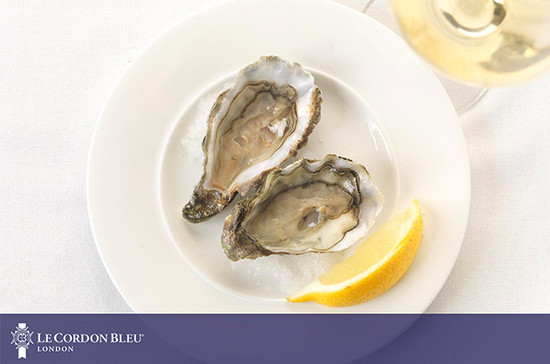
Our native oysters are usually left to rest from May until August while they are procreating, and sold in the months with an “R,” September to April (a rule to help our students memorise the oyster season!).
Rock oysters are more resilient than the native breed, and remain available all year, but in the months without an “R,” they are with eggs, and therefore come with a milky texture, and taste a bit richer and almost fatter – which is definitely not to everybody’s taste.
For that reason we will focus on matching oysters and wine for the “R”months, when their flavour is leaner, and they are easier to consume.
Shucked
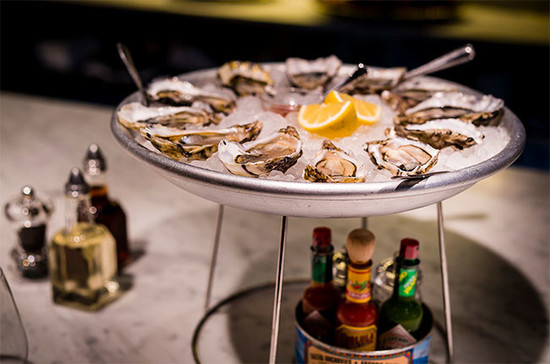
The most common way in which oysters are consumed is freshly shucked, with a squeeze of lemon juice. The acidity of citrus tones down the impression of saltiness that comes with oysters – and when you open the mollusc, it disgorges water. As their juice is very salty, it is usually discarded and the oyster will then produce more, less salty juice. When consumed in this fashion the wine of choice should be a very crisp, almost sharp, fresh white, that will cut through the unctuous texture of the oyster, and handle the saltiness, thereby enhancing all of the iodine from the sea.
At Le Cordon Bleu London, we always encourage our Diploma in Wine Gastronomy and Management students to try a broad variety of wines with each dish, as we want them to focus on the interaction between the food and the wine. Understanding the importance of this interaction, enables students to cater for every taste possessed by every type of customer. I am always fascinated by how students, even in smaller groups, nearly always disagree when asked which food and wine pairing they prefer. The only time that they actually all agreed, was when fresh oysters and lemon juice was matched with the concentrated 2014 Muscadet Terre de Pierre-Marie from Pierre Luneau-Papin in the Loire – which ticked all of their boxes.
Shallots in Vinegar
An alternative to lemon with fresh oysters – if you are not the citrusy type, is to use finely chopped shallots in vinegar. The wine you will use for this combination will depend on how sweet the vinegar is. If you are using an aged balsamic vinegar or the one we favour, the Forum Cabernet Sauvignon vinegar from Penedes in Spain, you can afford to be experimental with a very light, acidic, yet fruity, red wine like a young Gamay de Touraine from a good producer like Henry Marionnet. As long as the wine is served cold, it is not tannic at all, and the acidity of the vinegar is kept in check, nothing should really clash with the dish.
With bubbles
If you are after a Champagne or sparkling wine to have with fresh oysters, I would recommend a Blanc de Blancs (100% Chardonnay) or one with a low dosage as they have more acidity. Otherwise, the lemon juice or the shallot vinegar risk rendering the wine a bit flabby as the contrast with the sweetness will become more apparent.
Crépinette
In the Bordeaux region, in addition to the lemon or shallot vinegar, you are likely to be served a grilled parcel looking sausage called Crépinette, which is essentially composed of sausage meat and parsley, rolled in caul fat. This sausage tastes a little bit like a chipolata and you are supposed to take a bite of the sausage before eating the oyster, letting all of the flavours interact with each other. The warm sausage enhances the iodine in the oyster, while it makes the sausage taste a bit meatier. You can therefore select a local white wine with a lot more fruit, such as the White Bordeaux Sauvignon based blend from Chateau Thieuley in the 2015 vintage.
Grilled
Oysters can also be served warm. In this instance, the oysters are opened and blanched for ten seconds. They are then transferred back into the cleaned shells with a creamed white wine sauce that includes the ‘second water’ produced by the oysters. The dish is then topped up with bread crumbs before being toasted under the grill. This type of preparation is ideal for a Brut style sparkling wine with a decent amount of texture like the Champagne A R Lenoble Intense Brut. The wine has enough acidity to balance the softness of the sauce and the crunchiness of the oyster. The Champagne’s bready, nutty, autolytic flavours will marry perfectly with the crispy crumb.
Translated by Sylvia Wu / 吴嘉溦
All rights reserved by Future plc. No part of this publication may be reproduced, distributed or transmitted in any form or by any means without the prior written permission of Decanter.
Only Official Media Partners (see About us) of DecanterChina.com may republish part of the content from the site without prior permission under strict Terms & Conditions. Contact china@decanter.com to learn about how to become an Official Media Partner of DecanterChina.com.

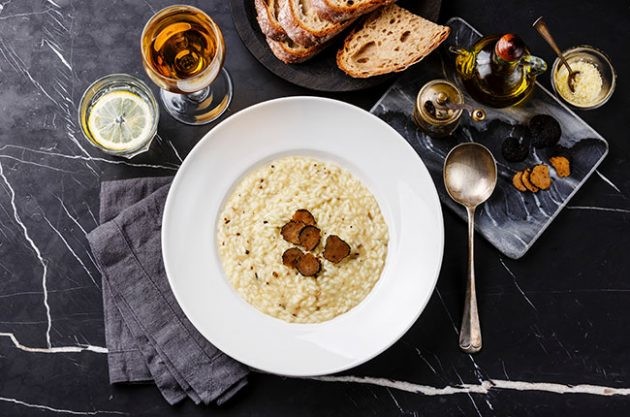
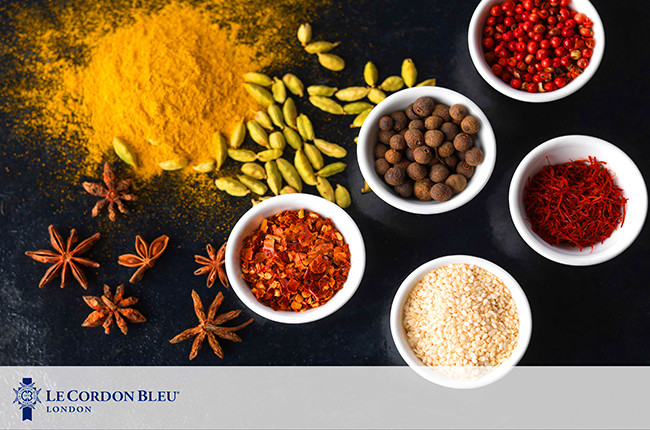
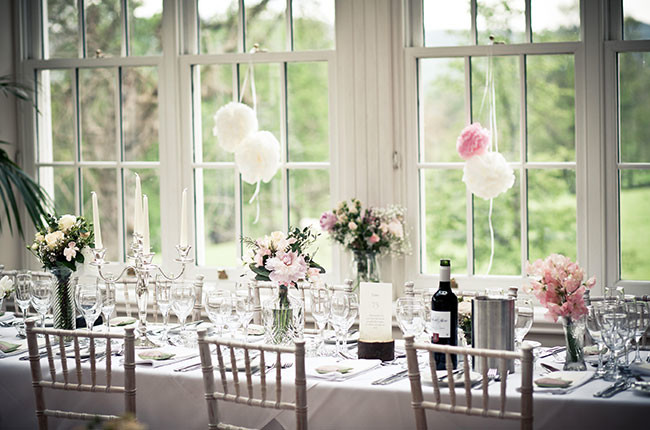

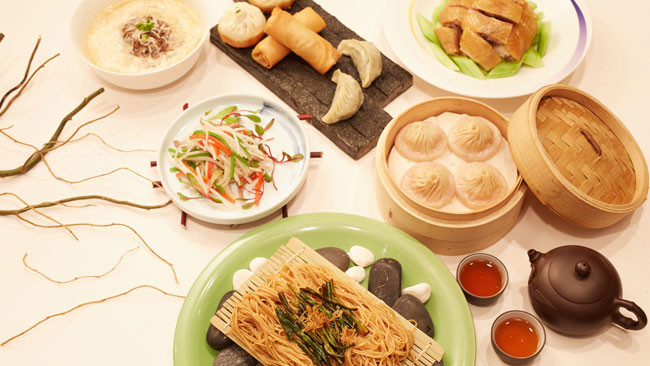
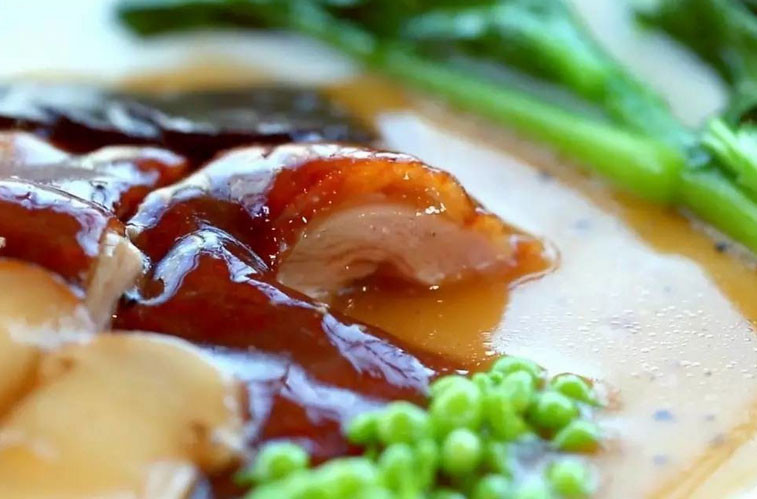
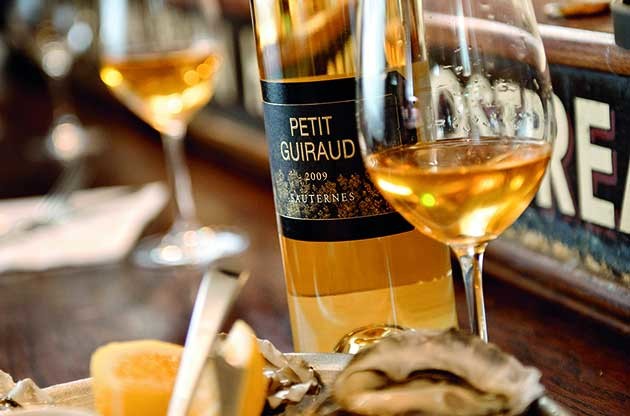

Comments
Submit